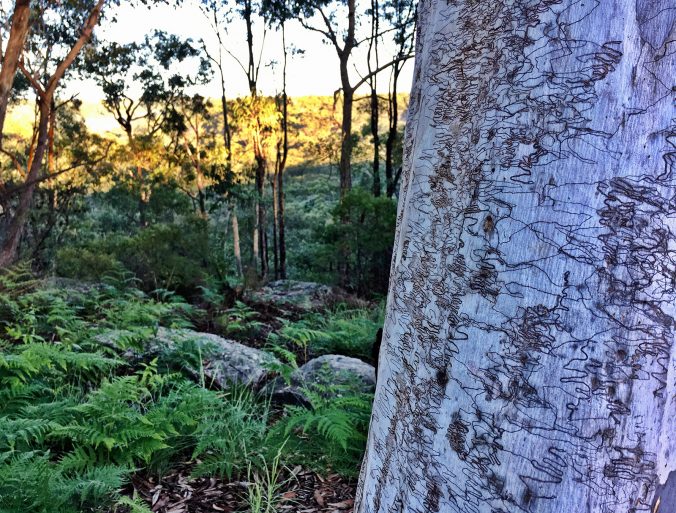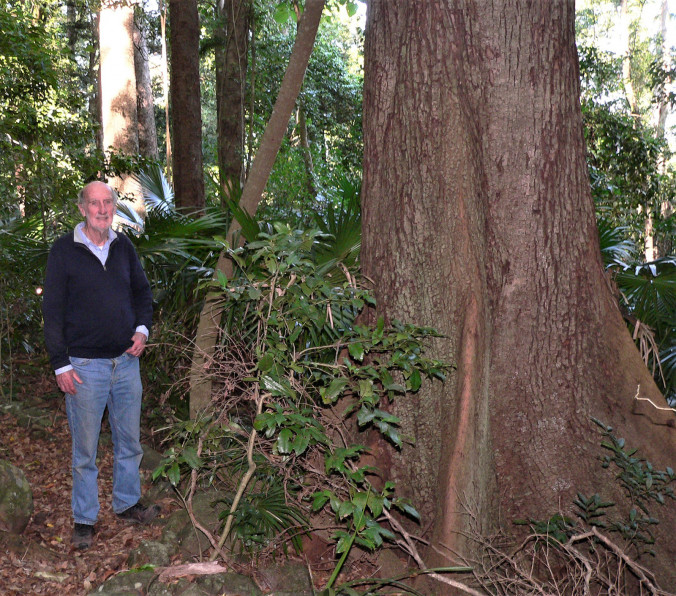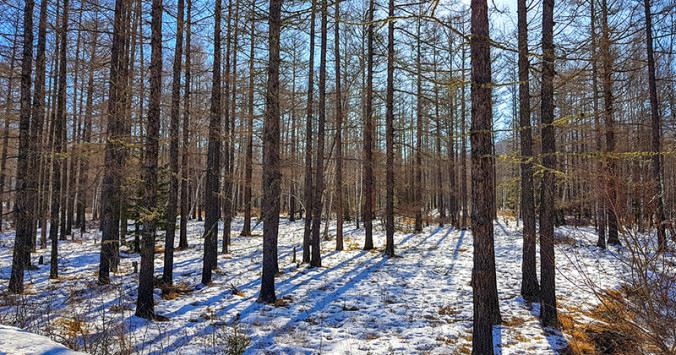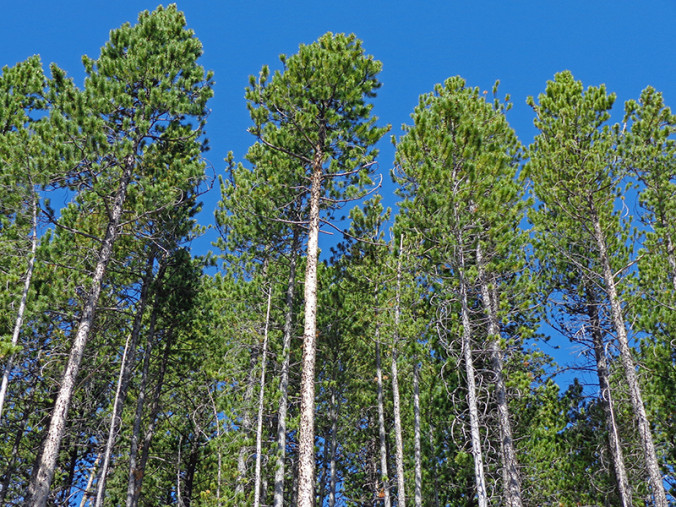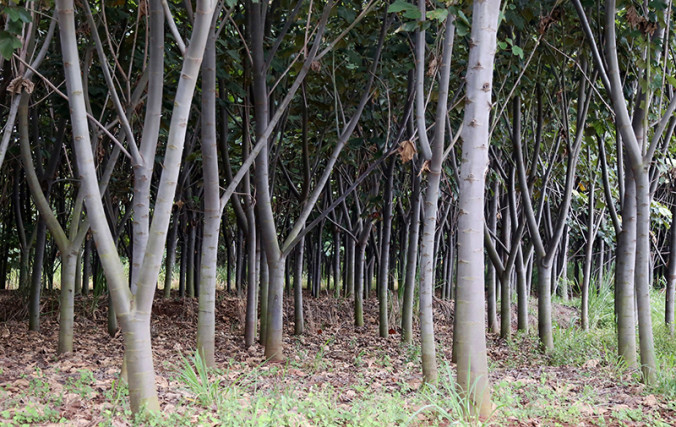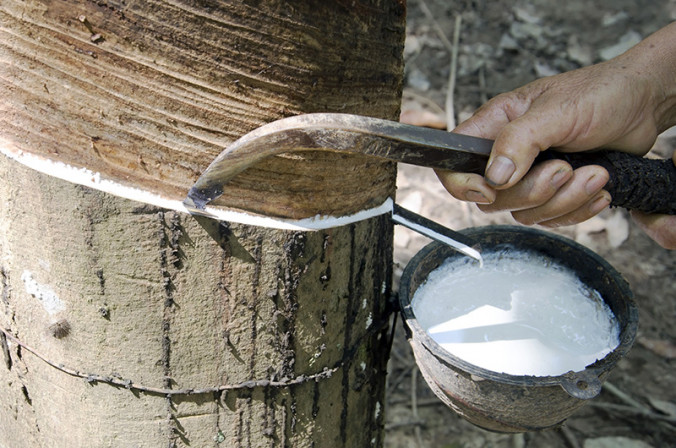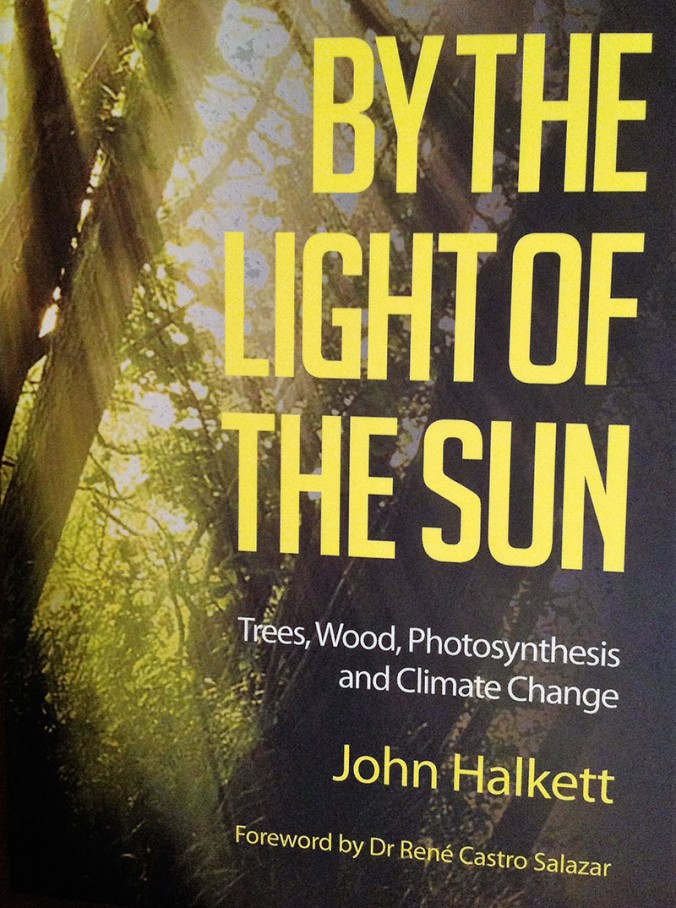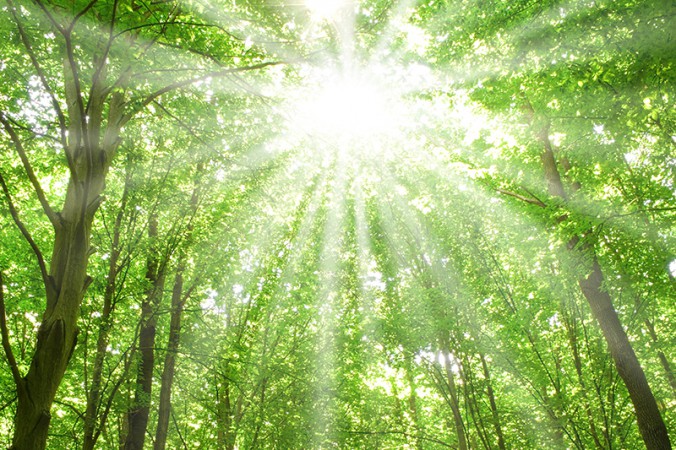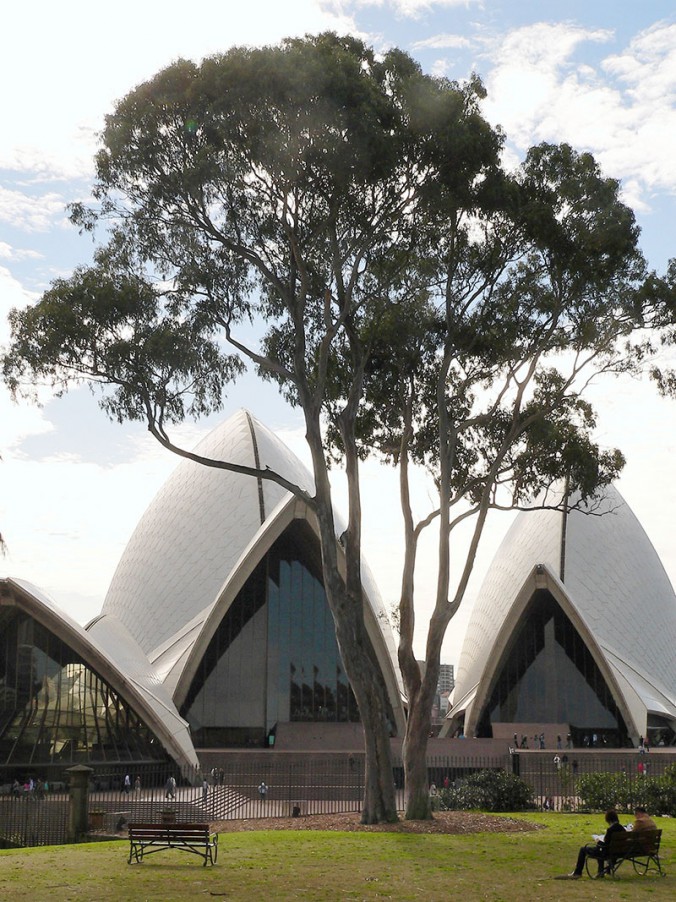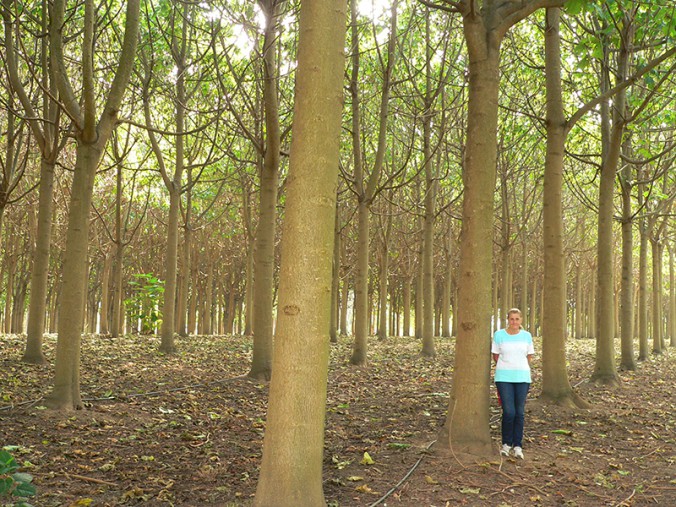The scribbly dialect zigzags around in a seemingly random and indecipherable pattern.
A standout feature of the spectacular forests of the Blue Mountains west of Sydney is the extensive stands of scribbly gum (Eucalyptus haemastoma), particularly in areas of poor soils on the typical sandstone country of the region. The trunk of each scribbly gum is a work of art fashioned by nature.
Scribbly gum is usually a small tree, frequently of very poor form 12 to 15 metres in height and 30 to 70 centimetres in diameter. On better sites in its northern distribution the tree may obtain a height of 25 metres.… Read more “Scribbly gum works of art fashioned by nature”
